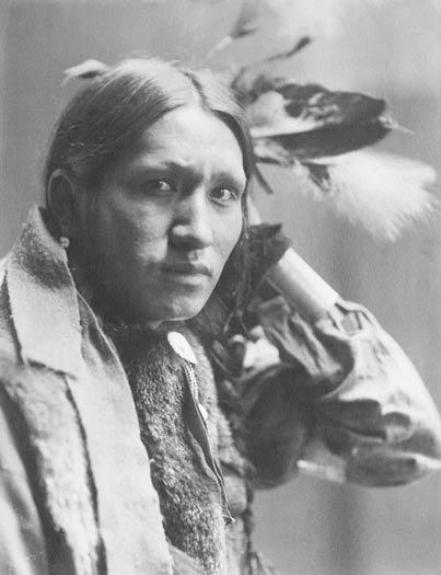 The Other, l’Autre. How do we look at those that seem different from us? Are they different because we so badly want them to be? and why is their difference not an asset but a threat for societies?
The Other, l’Autre. How do we look at those that seem different from us? Are they different because we so badly want them to be? and why is their difference not an asset but a threat for societies?
I enter with my son Nicco in the grandiose Musée du Quai Branly near the Tour Eiffel, meant to illustrate to the visitor the history of non- Western cultures. We climb a gentle slope to access the Museum, and under our feet a long river of words runs through it, designed by contemporary artist Charles Sandison. 16597 words, the names of populations, cultures, locations that were and are. Words animated by a computer, that merge incessantly in a water white, twirling like small waves. The river comes against us, wetting our feet, slowing us down, making us ponder about the past and the future of civilizations, none of them emerging as more important than another but each one of them melting with the other.
The Museum is powerful. The masks, the canoes, the machetes, the gigantic flutes resonate in the dark halls, and narrate their history in the sacred silence that surrounds them.
We enter the temporary exhibition, “L’Invention du Savauge”, the “Invention of the Savage”. The Other, l’Autre, the Savage. 500 items, posters, pictures, movies that are witnesses of the tendencies of colonial powers to master (domesticate is the right word) the diversity of other ethnic cultures by enlarging and ridiculing publicly their physical differences and by so doing stressing their supposed backwardness. International Exhibits and Circuses were the central tool to reassure our rich societies of our superiority.
Measurements. Measurements were the key rational tool to allay our fears and confirm our certainties: people with disproportionate organs, giants or dwarfs, hairy or maculated, confirmed the perfection of our civilization. An exception? Buffalo Bill and his paradoxical capacity to properly represent and preserve the memory of Indian-American civilization, precisely when it was officially destroyed and confined to smaller and smaller national parks, with the help of the fantastic pictures of photographer Gertrude Käsebier (see the Sioux picture of hers).
This public display of cultural imperfections, with the Invention of the savage, ended in the late 20s of the past century. The exhibit does not connect the dots, but it is easy to see that from a public and comic display our superiority took the private and tragic forms of mass murders of the Other. Just a few years after, when a recession forced us to decide against Evil and instead we succumbed to it.
What new Savages are we inventing to avoid looking at our weaknesses, I ponder while reading the remarkable interview to Nikolaus Schneider, president of the Evangelical Church in Germany. When we measure so precisely productivity and deficit to GDP ratios of various countries, dividing the goods from the bads with such a misguided rationality, are we trying again to create a new Savage, a new Dwarf, to blame once more for his differences and distract us from our faults? Is History so damn recurring?
Former Germany Chancellor Helmut Kohl today says that “history makes clear that the evil spirits of the past are not banned, they can come back again and again. This means that Europe remains a question of war and peace, and the idea of peace that is the law of motion of European integration” (my translation with Google). Is it clear enough to you? Is it?
We are at a critical juncture and we are not condemned to repeat our mistakes. No, we are better than that.
29/02/2012 @ 07:53
Very moving blog post. Creating “savages” has long been a way for people to avoid addressing their own problems. In the United States, studies have shown that racism rises in times of economic crisis. Instead of dealing with their own difficulties, people want to blame someone else.
Thanks for sharing your experience at what sounds like a fascinating exhibit.